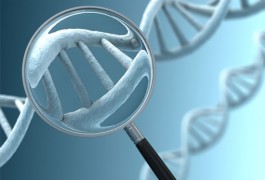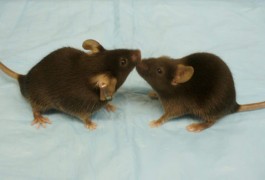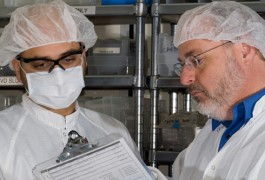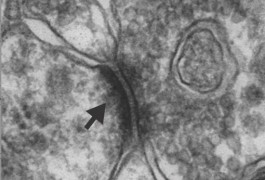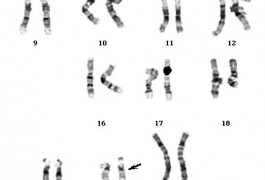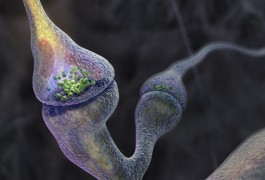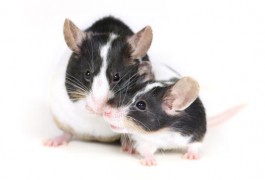Genetics: Autism inherited from healthy parents
Two rare, unlikely and inherited mutations in the same gene may together have contributed to a case of autism, according to a study published 23 March in Molecular Psychiatry. The results suggest that the gene, DIAPH3, is a new candidate for autism risk.
